Schiit’s new Asgard X doesn’t just borrow a few ideas from the flagship Mjolnir—it raids the vault. Still housed in the company’s familiar mid-sized chassis, the Asgard X drops with a brand-new output stage dubbed Continuity A, a trickle-down tech move straight from the halls of Valhalla. Or, more specifically, from the top of Schiit’s amp lineup.
But the lightning doesn’t stop there. The Asgard X also brings modularity to the table, with a slot for a new optional DAC card that adds something long overdue: digital control via Schiit’s Forkbeard interface. Yes, EQ, volume, and filter control from the app—no need to climb the Bifrost to get flagship functionality anymore. It’s a solid leap in everyday usability that makes this mid-tier warrior a lot more flexible, and frankly, a lot more interesting.
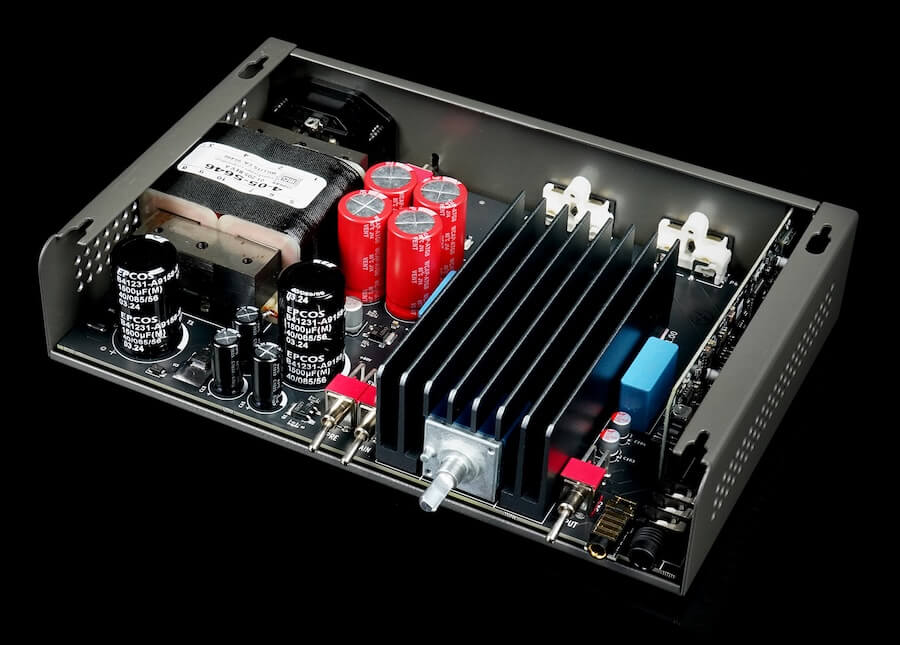
Class A Power and Forkbeard Control to the Desktop
The Schiit Asgard X is an all-new Class A headphone amp and preamp that also doubles as a modular all-in-one desktop powerhouse—if you opt for the new Mesh DAC card with Forkbeard. It’s the company’s 15th anniversary flex, combining old-school analog muscle with modern digital control. And yes, it starts at $399. Add the DAC card for $150 more, and you’ve got yourself a serious hi-fi command center.
The Return of Asgard, Rebuilt for the Forkbeard Era
The original Asgard launched in 2010 and was Schiit’s first product. Back then, the idea of selling a high-quality, American-made Class A amp direct to consumers for under $300 was enough to make some industry veterans choke on their XLR cables. Fifteen years later, the company is still doing its thing—just a lot louder and with more control.
The new Asgard X revives the name but overhauls the internals. You’re getting the same zero-feedback topology and discrete front end from the flagship Mjolnir 3, now in a tighter, cooler-running package. To make it all fit, Schiit had to build an entirely new output stage called Continuity A.
Continuity A: More Power, Less Heat, Zero Feedback
Continuity A addresses the classic mismatch in complementary Class A designs by running both NPN and PNP output devices at the same current—on both rails—at all times. That means lower distortion, better linearity, and no excuses. The output stage features 12 beefy 3A transistors, giving the Asgard X more output power than the Mjolnir 3, while staying compact and not doubling as a space heater.
According to Schiit co-founder Jason Stoddard, Continuity A may even outperform traditional Class A circuits in some ways—but he stops short of declaring victory over the single-ended Mjolnir 3. “That would be Thor-level hubris,” basically.
Mesh DAC Card + Forkbeard = Desktop Domination
Launching alongside Asgard X is the optional Mesh DAC card, which finally brings Schiit’s digital ambitions to their modular desktop lineup. It features:
- Schiit’s Mesh digital architecture: a custom time- and frequency-domain optimized digital filter
- Forkbeard control system: app-based control over volume, balance, loudness, NOS mode, phase, and a full 3-band parametric EQ
- High-rate Unison USB (384kHz)
If that wasn’t enough, the Mesh DAC card is backward compatible with every modular Schiit device made to date—Jotunheim, Lyr 3, Ragnarok, you name it. So yes, even your 2019 Asgard 3 can now be controlled like it’s part of the 2025 lineup.
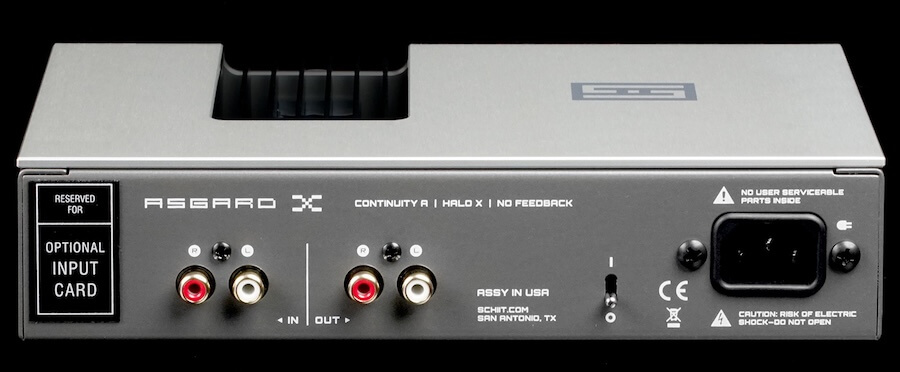
Meet Halo X: A Tale of Two Outputs
Asgard X doesn’t stop with Continuity A. Schiit has also carried over its mixed-mode feedback system—originally introduced in Midgard—and expanded on it. The result? Halo X, which puts the driver inside the amp’s feedback loop without the driver itself using feedback. That’s some clever circuit wizardry, and it’s exclusive to the 4.4mm balanced output. Want to compare? Just switch to the 1/4″ single-ended jack and hear the difference for yourself.
Schiit Asgard X DAC/Headphone Amplifier: Key Specifications
- Output Power:
- 3.4W RMS @16Ω
- 2.8W RMS @32Ω
- 1.9W RMS @50Ω
- 380mW RMS @300Ω
- 200mW RMS @600Ω
- Distortion & Noise:
- THD+N: <0.002% (low gain, 300Ω) to <0.015% (high gain, 32Ω)
- IMD: <-90dB (low gain), <-80dB (high gain)
- SNR: >108dB
- Topology & Tech:
- Fully discrete, zero-feedback, single gain stage
- Continuity A™ balanced NPN/PNP Class A biased output stage
- Halo X™ feedback system on 4.4mm balanced output
- Output Impedance:
- 0.7Ω (¼” SE)
- 3.5Ω (4.4mm balanced)
- Power Supply:
- 100% linear with 48VA transformer
- Discrete regulated rails (+60V, ±20V, ±15V)
- 25,000+ μF filter capacitance
- Physical:
- Size: 9” x 6” x 2”
- Weight: 7 lbs
- Other:
- Input impedance: 50kΩ
- Gain options: 1x or 4.5x
- Power consumption: 14W idle, 22W max
- Protection: DC input fail-safe, muting relay, overcurrent sensing, DC servo
Optional Mesh/Forkbeard™ DAC Module Specs
- USB Input:
- Unison 384
- Supports up to 32-bit/384kHz
- Full UAC2 compliance
- D/A Conversion:
- Schiit Mesh: Time- and frequency-domain optimized digital filter combined with delta-sigma modulator (ES9028)
- Analog Stage:
- LME49724 and OPA1656 op-amps
- Precision thin-film resistors and film capacitors
- DC coupled
- Frequency Response:
- 20Hz–20kHz, ±0.02dB
- Distortion & Noise:
- THD: <0.0003% (20Hz–20kHz)
- IMD: <0.0004% (CCIF)
- S/N: >122dB (referenced to 2V RMS)
- Forkbeard Features:
- Volume control
- Balance control
- 3-band parametric EQ
- Loudness setting
- NOS mode
- Phase inversion
- Sample rate reporting

The Bottom Line
Here’s the lowdown on what the Asgard X shares with the Mjolnir 3 and why it’s worth paying attention to — plus some stuff you should keep in mind.
First off, the Asgard X basically borrows the same gain topology as the Mjolnir 3. We’re talking zero-feedback design here, with many of the exact same parts and a similar layout. It also packs a high-voltage, discrete-regulated power supply just like the Mjolnir. The big difference? No chokes in the Asgard X — there simply isn’t room — and the output stage is not the same single-ended, current-source Class A design Mjolnir 3 has.
Instead, Schiit developed a new output stage called Continuity A, which keeps both NPN and PNP transistors running continuously on both positive and negative rails. This approach lets the Asgard X deliver comparable power but in a smaller, cooler package.
Does the Asgard X sound like a Mjolnir 3? In many ways, yes. After five different design iterations, including current-sourced Class A and sliding bias attempts, this was as close as they could get without copying the Mjolnir outright. So if you want Mjolnir power with a more compact footprint, Asgard X is the obvious choice.
Now, about those 4.4mm balanced outputs: Schiit likes them for their practicality, especially with IEMs. They’re smaller than the usual bulky connectors and offer a solid balanced option. That said, Schiit still prefers the Neutrik 4-pin for overall reliability and durability. But no complaints here — the 4.4mm fits the bill for most desktop setups.
The 4.4mm output also supports Halo X, an interesting feature that puts your headphones inside the feedback loop of the amp. This can improve the measured acoustic performance for some headphones — not a game-changer for everyone, but a neat option to have.
Then there’s Forkbeard, Schiit’s app-based control system that’s part of the new Mesh DAC module. It lets you tweak volume, balance, a 3-band parametric EQ, loudness, NOS mode, and phase inversion from your iPhone or iPad (for now). Android users are still waiting, but Schiit says it’s coming.
On the digital side, the Mesh DAC supports Unison 384 USB input, meaning it’s fully USB Audio Class 2 compliant. That means broad compatibility across platforms: Linux (including most popular streamers), Windows 10+, macOS 10.10+, iOS/iPadOS with the right adapter, many Android devices via USB OTG, and Roon is fully supported too.
If you want a desktop headphone amp/DAC combo with flagship-level sound design and flexibility, Asgard X is a strong contender. It nails that Mjolnir vibe in a smaller, cooler chassis, with zero-feedback Class A goodness, solid power, and modern balanced outputs.
The modular Mesh DAC with Forkbeard adds serious value, letting you control EQ and other settings from your phone. Just be aware it’s not going to drive the absolute hardest headphones like the HiFiMAN HE6 easily, and Android support for Forkbeard is still on the way.
For the price and tech packed in, it’s a compelling choice for anyone who wants a clean, powerful, and flexible desktop audio setup without breaking the bank.
Where to buy: $399 at Schiit.com
- +$30 for silver finish
- +$150 for Mesh DAC
Related Reading:
- Schiit Valhalla 3 Unleashed: Thor’s Class A OTL Tube Amp For Mortals Who Dare Drive Hard-To-Tame Headphones
- iFi IDSD Valkyrie DAC/Headphone Amp Review: Futureproof Powerhouse Or Feature Fatigue?
- Rotel DX-3 Review: Heavyweight DAC & Headphone Amp That Doubles As A Flexible Preamp For Active Speakers
- FiiO’s K17 Headphone Amplifier Might Be The Digital Hub You’ve Been Waiting For: CES 2025


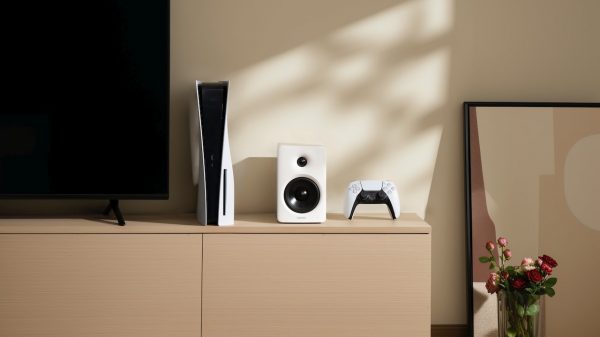




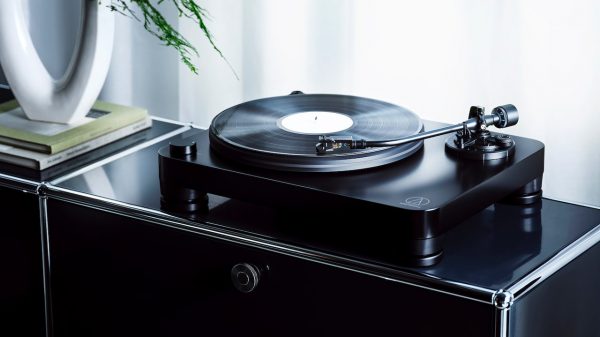



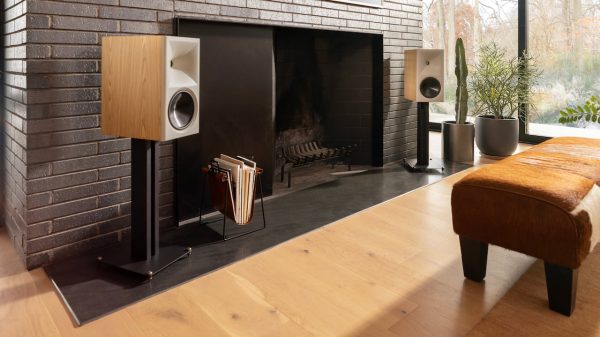







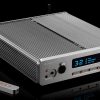

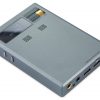
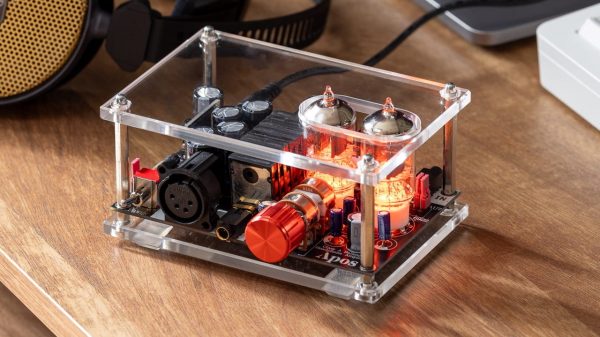


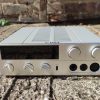

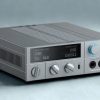
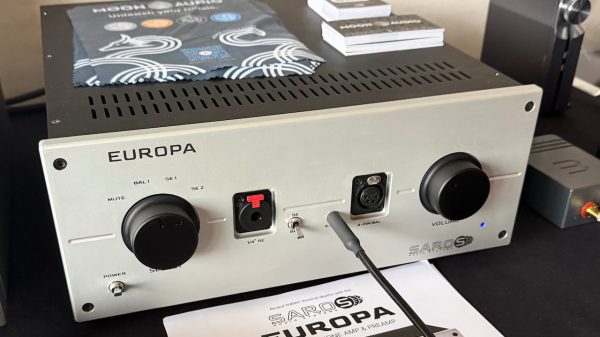
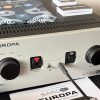











ORT
June 13, 2025 at 3:54 pm
I’m about to doom myself to Hades. Again.
“The POWER of SCHIIT COMPELS you!”
And no, I’ve never seen the film from which I borrowed (and modified) that quote. Short clips? Yes. The film in its entirety? No thanks!
This amp looks nice in that it is eye catching in the same way that Fritz Lang’s “Metropolis” was and remains. Classic. Timeless. Totally bitchin’!
Does it have everything that people want? Nothing really does but it has what most folk need when it comes to a headphone amp. As my mom used to remind me, “You’ve really got nothing to complain about but feel free to bitch away, my son.”
Doth mine eyes deceive me or doth this useth an USB-C input for the DAC Card? So I can if I so chooseth, use my iPad via a lightning to USB-C adaptor to a USB-C to USB-C cable from the iPad to the Asgard X listen to my various steaming services through my two remaining (I gave away all my hardwired and BlooToof ‘phones save 2 of each kind) cabled headphones?
I wouldst say unto Sir Jason of Stoddard – “Who are you, who are so wise in the ways of Science?” and verily he wouldst respond thusly…”I am Jason, King of the Schiitons!”
And there was much rejoicing (Yaaaaaa!).
Will I be buying a new Asgard? I thinketh so…
ORThur of Spamalot
Ian White
June 13, 2025 at 11:55 pm
ORT,
I believe you can, but would check with Schiit. I think that is an OK way to do it. I really like it as well. The new Mesh DAC card looks rather appealing for my Ragnarok 2 that could use an update.
IW